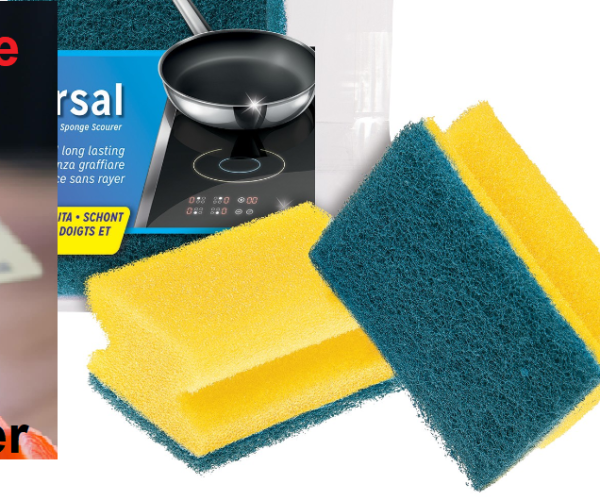Bed adhesion issue but all of a sudden after days of printing?
Hey there, I can’t seem to find what I need via the search. This seems to be a habit with my printer and today seems to be incredibly annoying. I would like to understand it though.
I will go days of printing non stop, pla, 1.75, standard settings, default nozzle, and what looks to be really nice quality of prints, then all of a sudden, nothing will stick.
I try windex, dish soap, nail polish remover, even put some glue stick on there and I end up with a couple things typically….
1. Partial adhesion and then it turns into a slip and slide
2. No real adhesion
The first layer calibration seems to stick though and seems to run really well, but it also lifts up easy.
What am I missing?
Oh, same filament as well, haven’t even switched rolls.
RE:
It's difficult to say what you are doing wrong...
You say
I try windex, dish soap, nail polish remover, even put some glue stick on there
Are you using these all at the same time, or are you trying each item individually?
I use Dish soap, HOT WATER and a new Kitchen Sponge to give the build plate a really good clean, then I rinse the buildplate with Clean HOT WATER, and dry immediatly with Clean paper towels, and I print with the buildplate at 70C. 
I also use 7x7 mesh bed levelling,
And I use the 'Life Adjust 'Z' My Way' process for first layer adjustment.
https://forum.prusa3d.com/forum/original-prusa-i3-mk3s-mk3-assembly-and-first-prints-troubleshooting/life-adjust-z-my-way/
the test files for a Mk3 are at the bottom of the first post, in a ZIP file!
If the prints fail to adhere after cleaning, I have on occasion used the green side of the sponge.... this works for me, on Smooth, Textured and matt buildplates...
Items to note...
Nail varnish remover comes in various grades.
Home user nail varnish remover is sold, in the UK as either
Acetone based nail varnish remover, or
Acetone Free Nail Varnish remover..
these are not pure chemicals, here is a not from the the Website noted below
Traditional nail polish removers are made up of an acetone solvent and a fatty material like lanolin or caster oil.
https://www.mamamia.com.au/what-is-acetone-nail-polish-remover/
Lanolin, Castor Oil and similar materials are not good for adhesion, and they do not evaporate so they get left on surface... Now this is good for reducing ill effects on our skin, but not good for 3D printing adhesion.
Professional acrylic nail remover May have a much higher Acetone content, and the link above suggests that it can be as high as 70% Acetone...
From experience, Acetone based nail removers can strip the oils from your fingers (Making them go white on the surface)
It can also dissolve grease on the build plate. BUT when the Acetone element evaporates, the grease element is left behind. which is not good for 3D printing Adhesion ...
You can use a Lot of Acetone, and a lot of paper towels to reduce the grease left behind.
In My experience, high quality Acetone damages PEI Stickers and damages Powder coated build plates...
I don't use Acetone for cleaning build plates since my first stickered build plate, started to get cracks on the build surface.
Cloth wipes are often washed and 'softened' in the laundry process... the softeners contain a large list of ingredients like the list below, from a common UK 'Softener'
Aqua Solvent
Ditallowoylethyl Hydroxyethylmonium Methosulfate Fabric Conditioner Agent
Isopropyl,Alcohol Solvent
Parfum Fragrance
DMDM Hydantoin Preservative
Potassium Sorbate Preservative
MDM Hydantoin Preservative
Dimethicone Antifoaming Agent
DM Hydantoin Preservative
Etidronic Acid Sequestrant
Calcium Chloride Bulking Agent
Cellulose Gum Emulsion Stabiliser
Glyceryl Stearate Emulsion Stabiliser
Polysorbate 60 Emulsifier
Silica Additive
these materials are unlikely to aid adhesion.
Windex needs to be vigorously wiped off the build plate to have any cleaning effect. most frequently a coat of windex is reccommended as a release agent for PETG A release agent reduces adhesion...!
Gluestick, is reccommended for use as a release agent for PETG, so it's benefit for adhesion improvement is limited.
Isopropyl Alcohol is available in various grades
I have uses 99.9%pure Lab Grade IPA... and for me, it doesn't work as well as dishsoap and water.
Lower grades have higher levels of impurities, which may hinder your adhesion...
De Natured Alcohol Bio ethanol, Methalated spirits and similar materials have similar issues...
I don't use them.
Your mileage may vary...
you can try the Nylock Method, or the Silicone tube method... there are varying reports of success and failure...
I don't use them...
When you do find something that does work, I suggest you keep using that material or method.
Best Wishes,
Regards Joan
I try to make safe suggestions,You should understand the context and ensure you are happy that they are safe before attempting to apply my suggestions, what you do, is YOUR responsibility.Location Halifax UK
RE: Bed adhesion issue but all of a sudden after days of printing?
Very good data, thank you. I’ll have to check all of those things.